Name Irene Pepperberg | Role Scientist | |
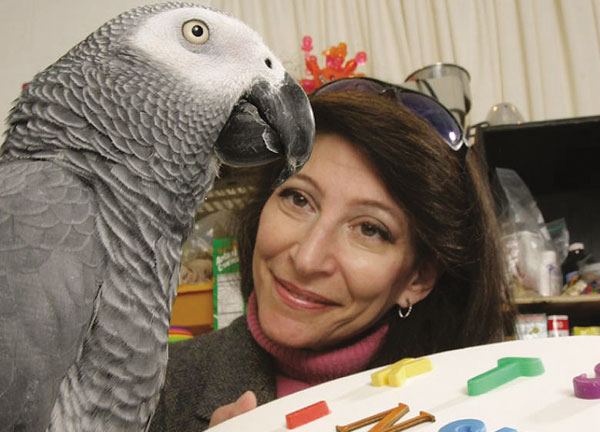 | ||
Books Alex & me, The Alex Studies: Cognitive and Communicative Abilities of Grey Parrots Awards Guggenheim Fellowship for Natural Sciences, US & Canada | ||
Nova science now irene pepperberg alex
Irene Maxine Pepperberg (born April 1, 1949 in Brooklyn, New York) is a scientist noted for her studies in animal cognition, particularly in relation to parrots. She is an adjunct professor of psychology at Brandeis University and a lecturer at Harvard University. She is well known for her comparative studies into the cognitive fundamentals of language and communication, and was one of the first to work on language learning in animals other than human species (exemplified by the Washoe project), by extension to a bird species. Pepperberg is also active in wildlife conservation, especially in relation to parrots.
Contents
- Nova science now irene pepperberg alex
- Irene pepperberg alex and me a scientist and a parrot discover a world of animal intelligence
- Research work
- Modelrival technique
- The Alex Foundation
- AI research
- Works
- References
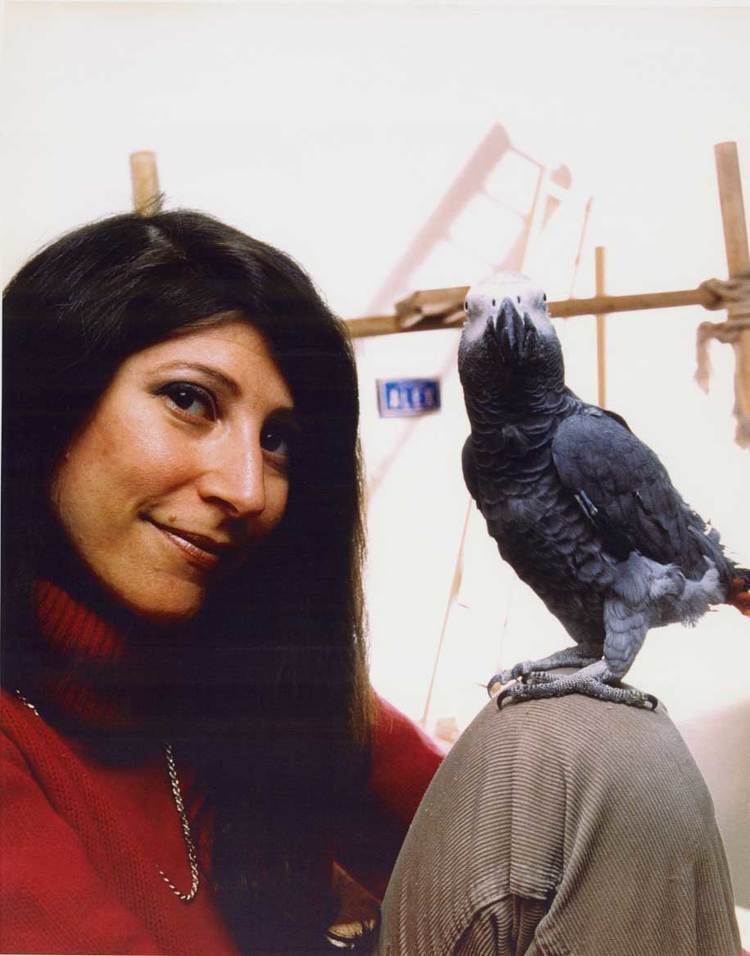
Irene pepperberg alex and me a scientist and a parrot discover a world of animal intelligence
Research work
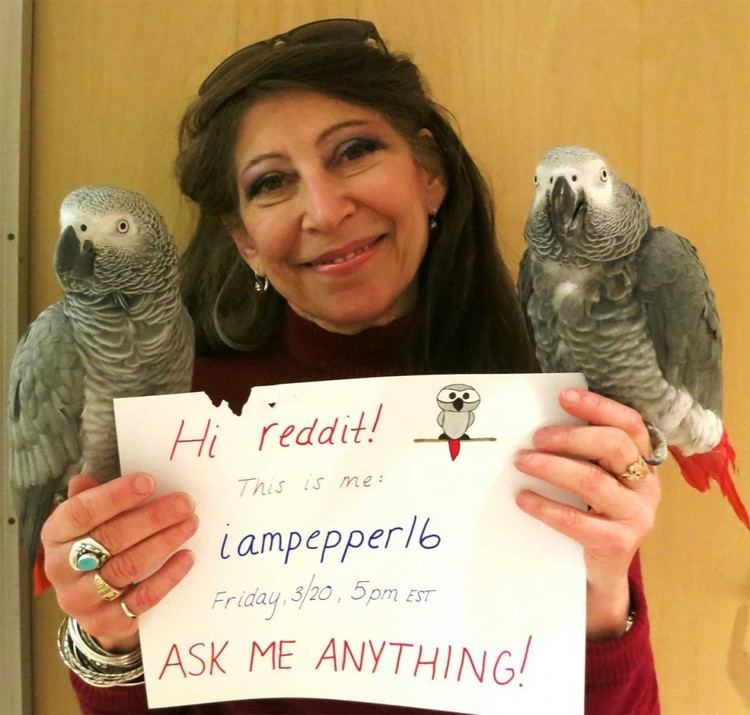
Although parrots have long been known for their capacities in vocal mimicry, Pepperberg set out to show that their vocal behavior could have the characteristics of human language. She worked intensively with a single African grey parrot, Alex, and reported that he acquired a large vocabulary and used it in a sophisticated way, which is often described as similar to that of a five-year-old child. Pepperberg and her colleagues have sought to show that Alex can differentiate meaning and syntax, so that his use of vocal communication is unlike the relatively inflexible forms of "instinctive" communication that are widespread in the animal kingdom. Although such results are always likely to be controversial, and working intensively with a single animal always incurs the risk of Clever Hans effects, Pepperberg's work has strengthened the argument that humans do not hold the monopoly on the complex or semicomplex use of abstract communication.
Some researchers believe that the training method that Pepperberg used with Alex, (called the model/rival technique) holds promise for teaching autistic and other learning-disabled children who have difficulty learning language, numerical concepts and empathy. When some autistic children were taught using the same methods Pepperberg devised to teach parrots, their response exceeded expectations.
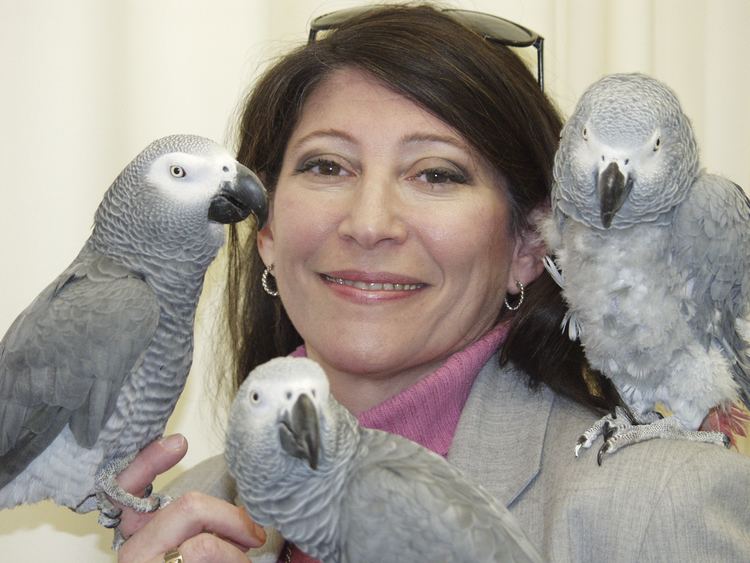
From work with the single subject Alex, Pepperberg and her colleagues have gone on to study additional African grey parrots, and also parrots of other species. A final evaluation of the importance of her work will probably depend on the success of these attempts to generalise it to other individuals.
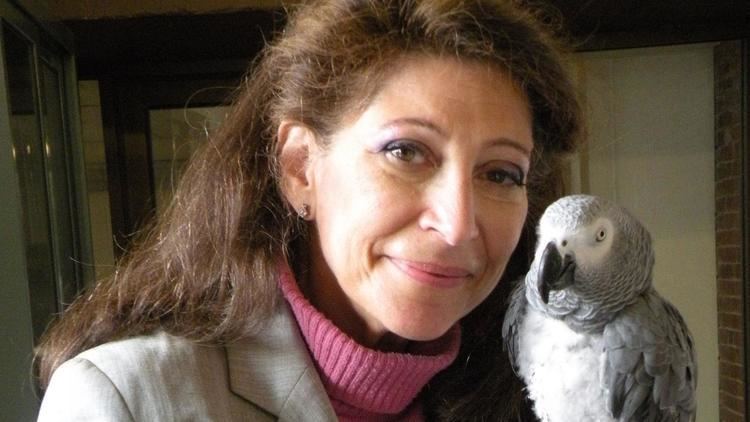
Alex the African grey parrot was found dead on the morning of September 6, 2007, and was seemingly healthy the previous day. On September 10, 2007, the necropsy of Alex revealed no discernible cause of death.
Model/rival technique
The model/rival technique involves two trainers, one to give instructions, and one to model correct and incorrect responses and to act as the student's rival for the trainer's attention; the model and trainer also exchange roles so that the student sees that the process is fully interactive. The parrot, in the role of student, tries to reproduce the correct behavior.
The use of this model/rival technique resulted in Alex identifying objects by color, shape, number and material at about the level of chimpanzees and dolphins. His language abilities were equivalent to those of a 2-year old child and he had the problem solving skills of a 5-year old. Alex was learning the alphabet, had a vocabulary of 150 words, knew the names of 50 objects and could count up to eight when he died. He could also answer questions about objects.
Pepperberg countered critics' claims that Alex had been taught a script by explaining that the controls and tests she used made it impossible for him simply to recite words when she asked questions. The Clever Hans effect did not apply, she argued, as Alex would talk to anyone, not just to her.
The Alex Foundation
Pepperberg is president of The Alex Foundation, a not-for-profit 501(c)(3) organization, which she started. The foundation supports Pepperberg and her team's research. In a 2006 interview, Pepperberg said that the foundation was her only funding source, having lost her paid research position due to a funding crunch at MIT's Media Lab, although the report of that interview doesn't mention her research associate position at Harvard University since 2005. The Alex Foundation raises money through donations, from direct sale of parrot-related gifts, and indirectly from sales through sponsoring businesses.
AI research
Some researchers have suggested that studying avian cognition might allow a useful artificial intelligence to be built without requiring as much resources, as for some applications a parrot or corvid level complexity brain would be adequate such as for image sorting. In recent years it was found that pigeons could sort CT scan data as well as microscope slides with equal or better accuracy than a human expert with only weeks of behavioral training needed.
